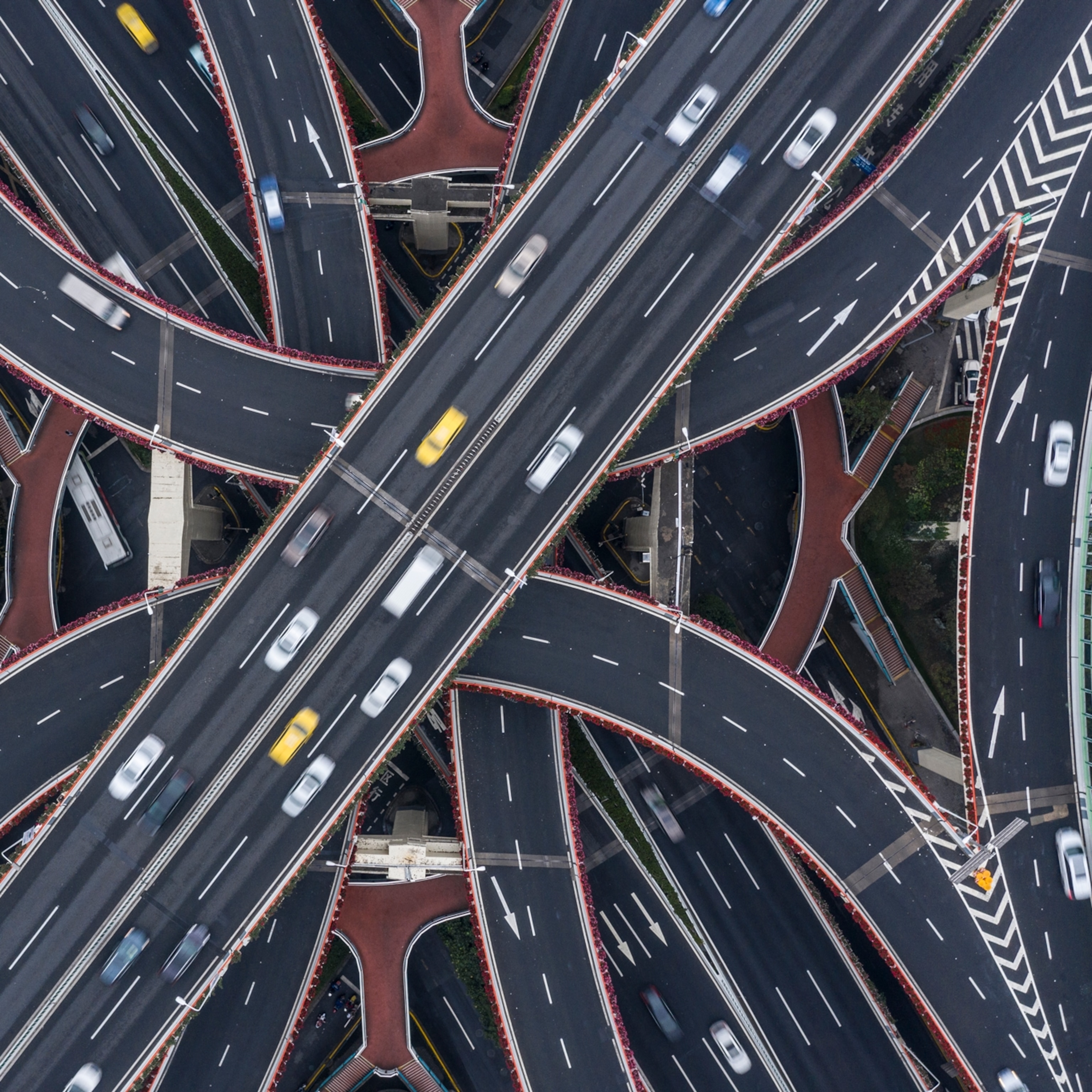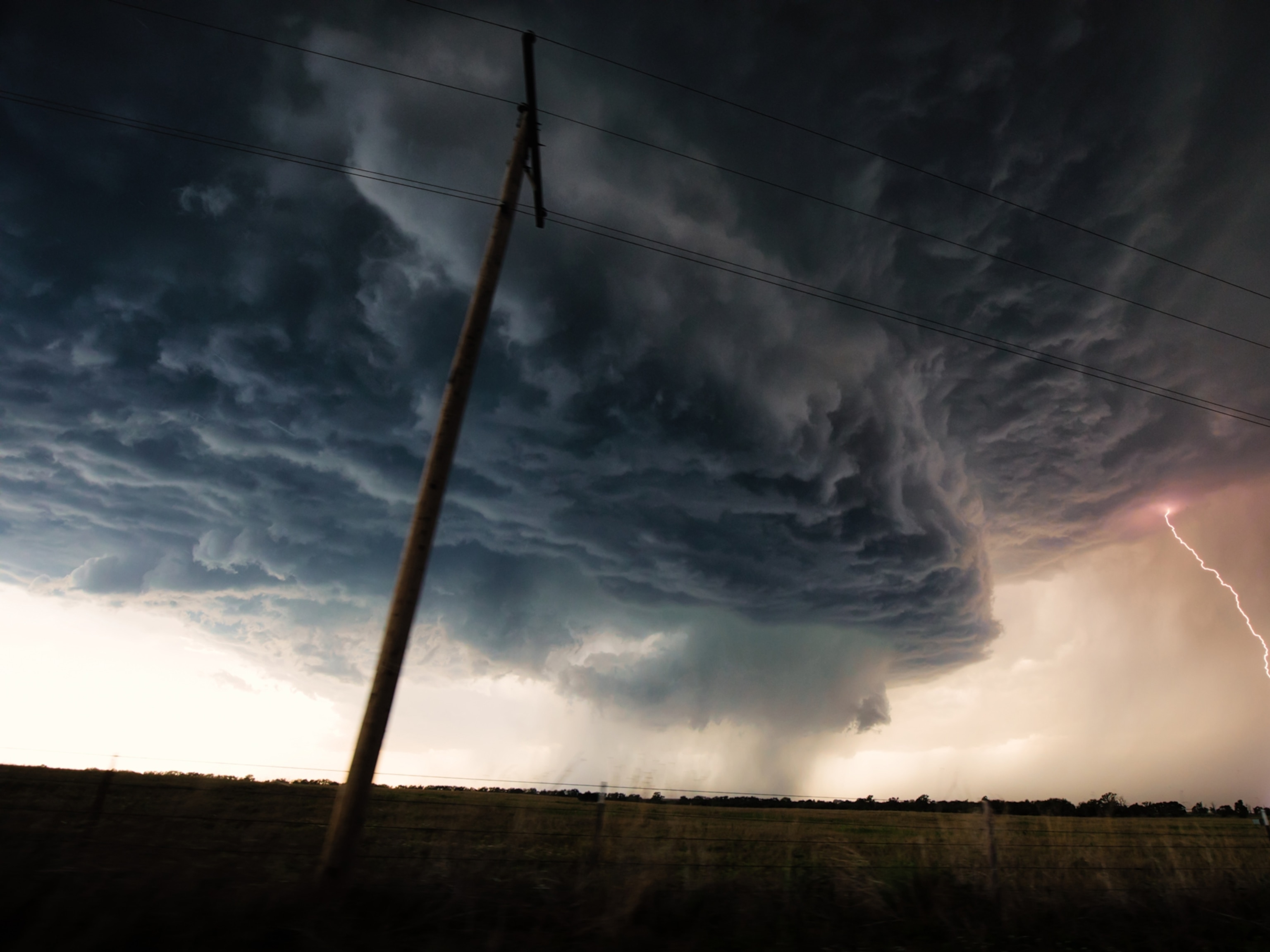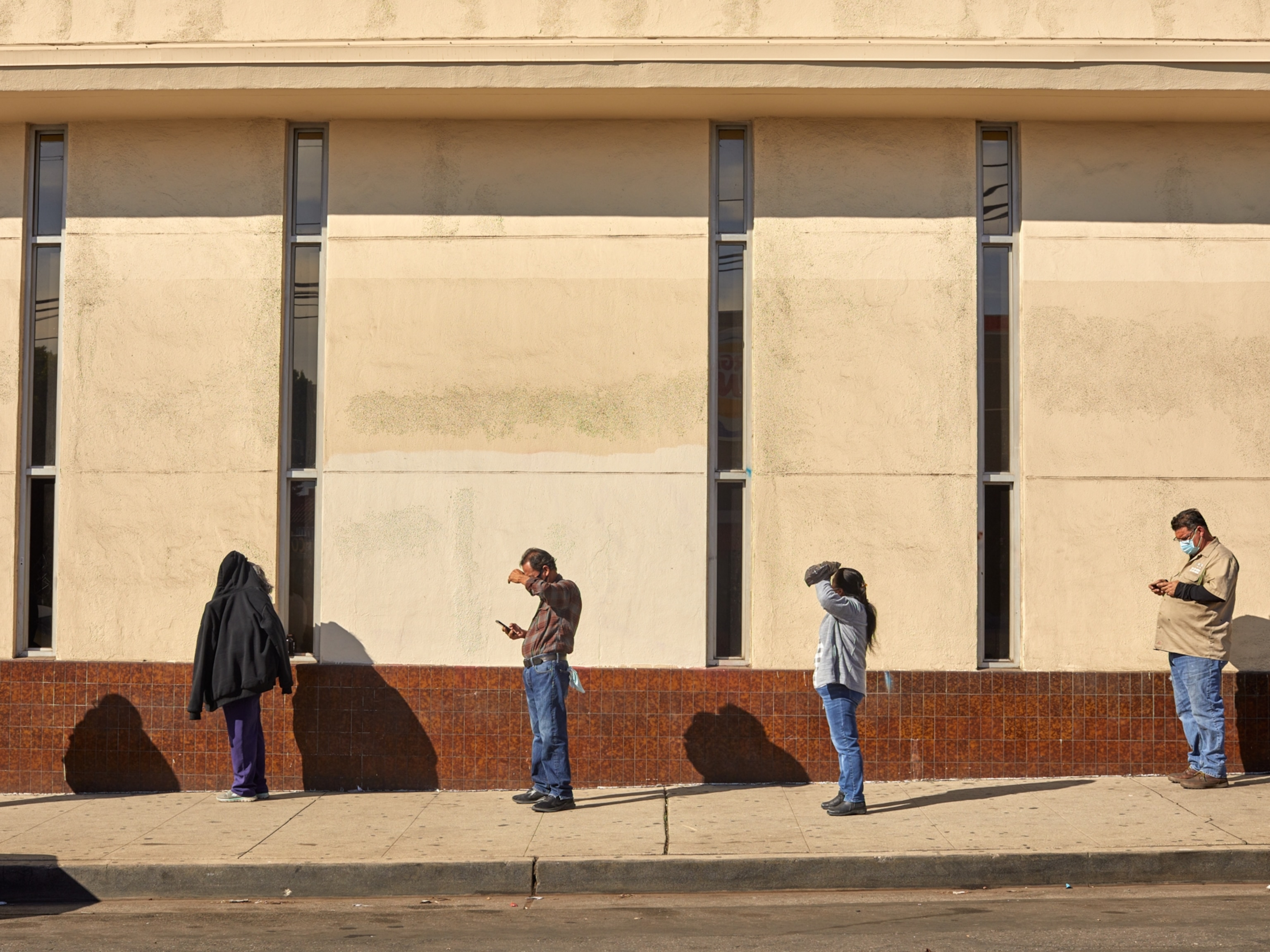
What’s at stake at COP26—the crucial global climate summit
Regardless of the summit’s outcome, experts say more ambitious goals to reduce climate change are critical.
Intense, world-changing weather events—extreme floods, enormous wildfires, huge hurricanes, and unprecedented heat waves—are driving home a sobering reality: Climate change is here and already affecting many people around the globe.
Against that stark backdrop, world leaders and climate negotiators will gather at the climate-focused COP26 meeting in Glasgow, Scotland for two weeks starting on October 31. There, they will work to devise strategies that address the increasingly obvious and deadly issues climate change is raising. The meeting’s hosts, the United Kingdom and Italy, will push participating countries to produce concrete plans that could keep the planet from warming past 1.5 degrees Celsius (2.7 degrees Fahrenheit), a threshold scientists warn will have even more devastating consequences than those happening now.
This “Conference of the Parties”—COP—comes at a critical practical and symbolic moment, a year after it was postponed due to the COVID-19 pandemic. “The urgency to act is as clear as ever,” says Rachel Cleetus, a climate scientist at the Union of Concerned Scientists. “It is unconscionable to not deliver.”
What’s at stake?
The science has never been clearer: Greenhouse gases, primarily waste emissions from humans burning fossil fuels, are collecting in the atmosphere and causing the planet to heat up.
Already, the planet has warmed more than 1°C (1.8°F) since the preindustrial period in the 1800s, exacerbating extreme weather events: hotter heat waves, more severe droughts, and cascades of changes—sea level rise, for instance—that are irreversible on human timescales.
An influential international scientific report, published in August, bolstered that conclusion. The Intergovernmental Panel on Climate Change (IPCC) unambiguously stated that humans are responsible for the changes and that the consequences will get much more drastic if immediate, enormous steps aren’t taken to reduce greenhouse gas emissions.
Each 0.1°C of further warming has clear and compounding impacts. In the IPCC report, scientists showed that 2°C of warming would have exponentially more drastic impacts than 1.5°C. Already, the most intense heat waves—ones that used to occur on average every 50 years—are five times more likely, the report said.
The ultimate solution is to stop emitting burning fossil fuels and emitting other planet-warming greenhouse gases while adapting to the unavoidable impacts that have been already set in motion. The IPCC outlined the remaining “carbon budget”—the amount of carbon that can still go into the atmosphere while keeping overall warming below the 1.5°C or 2°C thresholds. The numbers are stark. To have a 50 percent chance of keeping below 1.5°C of warming, carbon dioxide emissions beyond 2020 must be limited to 500 billion tons—roughly 12 years of emissions at the current rate.
“It’s leaving no room for discussion and ambiguity. It is very clear humans are causing the problem, and we’re getting very close to the edge of the window in which we can deal with it,” says Kaveh Guilanpour, an international climate policy expert at the Center for Climate and Energy Solutions.
There won’t be any one headline or moment that determines whether this COP meeting is a success or a failure, Guilanpour emphasizes. These meetings are usually slow, technical, and intricate—and overall, they’re doing what they set out to do: galvanize ambition and action to deal with climate change.
See how the biggest emitters of greenhouse gases are doing on their pledges to limit warming.
Is the U.S. living up to its responsibilities?
Of all the carbon humans have pumped into the atmosphere since the 1800s, the United States is responsible for more than 25 percent. Though the country’s emissions are now steadily decreasing, it's still one of the top greenhouse gas emitters.
Those facts give it an extra responsibility to address the problem, says Sam Ricketts, a co-director of Evergreen Action, a U.S. climate policy-focused nonprofit. But the country lost much of its international credibility on the issue after the Trump administration withdrew from the Paris Agreement, a major international effort to limit climate change to well below 2°C, and rolled back many domestic policies designed to shrink its emissions. Though the Biden administration rejoined the agreement, international partners no longer consider the U.S.—or its commitments—reliable.
“Everyone is looking at the U.S. and wondering how it fits in,” Ricketts says.
Officially, the country’s climate goals are strong: It aims to cut emissions 50 to 52 percent below 2005 levels by 2030, and President Joe Biden has also said he intends to put the country on a path to net-zero emissions by 2050. His policy plans, outlined in two major bills making their way through Congress, would have put the country firmly on a path to hit that goal. But the plans are currently mired in partisan politics, undermining the U.S.’s credibility and moral authority as Biden heads to Glasgow.
“If the role of a COP is for everybody to look each other in the eye and steel yourself to take a step forward together, make a bigger commitment, go further; the U.S.’s inability to get a right-sized plan through the Congress—it basically ties one hand behind your back,” says Rachel Kyte, dean of The Fletcher School at Tufts University and a climate policy expert. “It can at best distract and at worst delay the kind of collective leadership you need from the biggest polluters.”
What is a COP, anyway?
COPs are the annual gatherings of the 197 members of the United Nations Framework Convention on Climate Change (UNFCCC). At the meetings, the member countries discuss how they will respond to the ever more dangerous threats from climate change. The first COP, in 1995, quickly led to the ill-fated Kyoto Protocol, a first attempt at planet-wide climate cooperation that did little to get greenhouse gas emissions under control.
By 2015, the science connecting human activity to climate change had solidified further and the stakes of inadequate action had become clearer; climate-intensified extreme weather, from deadly heat waves to stunningly powerful hurricanes, were in headlines and sea level rise was threatening entire nations. At COP21, in Paris, nearly every country in the world signed onto the landmark Paris Agreement.
All signatories agreed to put their countries on track to limit planetary warming to less than 2°C (3.6°F) degrees above the global average in the preindustrial era, before humans started spewing massive quantities of carbon dioxide and other greenhouse gases into the atmosphere. They also agreed to try to keep total warming to 1.5°C (2.7°F).
That meant every country needed a plan to cut its emissions—or, for developing countries, keep them from ballooning. They were all tasked with coming up with “Nationally Determined Contributions,” or NDCs: plans that outlined how they would reduce their emissions. In its original NDC, for example, the U.S. said it would cut emissions 26 to 28 percent below 2005 levels by 2025. China said it would get up to 20 percent of its power from non-fossil sources by 2030. Ambitious countries, like Costa Rica, committed to cutting their emissions so low by 2030 that they would keep their contribution to warming well below the 2°C goal.
But when all the countries’ pledges were added up after Paris, the UN found global temperatures were still on track to rise at least 3°C (5.4°F), and nearer to 4°C (7.2°F). In other words, the NDCs didn’t go nearly far enough.
So the Paris Agreement writers required countries to revise their NDCs every five years, which would put pressure on them to “rachet up” their climate ambitions.
See how the biggest emitters of greenhouse gases are doing on their pledges to limit warming.
The first new set of NDCs were due in 2020, just before the scheduled Glasgow meeting. But that delivery was delayed until this year by the pandemic. Most countries have submitted new pledges.
Because these represent “the first major refresh” of the NDCs since Paris, says David Victor, a climate policy expert at the University of California San Diego, “It’s a pretty big-deal meeting. It’s every country on the planet updating its pledge. It’s the fullest expression of level of effort and ambition around climate ... since Paris.”
How do the NDCs look?
Many of the updates are quite ambitious, Guilanpour says, representing exactly the kind of loftier targets Paris Agreement designers hoped to see. The U.S. increased its emissions reduction goal to 50 to 52 percent below 2005 levels by 2030; the U.K. now aims to cut emissions to 68 percent below 1990 levels, an increase from 57 percent.
But the NDCs still don’t go nearly far enough. Some of the highest emitters, like India and China, have yet to produce new plans, and others like Russia, Australia, and Brazil essentially failed to increase their goals. A recent UN analysis of the new pledges shows that, if all the NDCs are achieved, Earth will still warm 2.7°C (4.9°F). Emissions are still on track to increase 16 percent by 2030 over 2010 levels, instead of dropping by 45 percent, which scientists recommend to keep warming under 1.5°C (2.7°F).
In some ways, that’s a valuable improvement over the original NDCs, which forecast 2030 emissions up 23 percent from 2010 levels and a warming of more than 3°C (5.4°F).
“We’ve actually made an amazing amount of progress,” Victor says. “That’s not stopping warming—it’s not well below 2 degrees, but it’s … much better than we were on track for before. It’s really important to measure progress against what would have happened otherwise.”
Analysts hope the meeting will spur even more ambitious efforts—both to ensure that countries actually hit their goals and to make the next round of NDCs, due in 2025, strong enough to keep warming as close to 1.5°C as possible. Some countries have developed plans to reach “net zero” by the middle of the century; many COP26 negotiators, activists, and world leaders hope that new net zero pledges emerge at this COP.
It’s critical to note that increased ambition isn’t enough, says Cleetus, because there is still a wide gap between countries’ promises and their actions. In a newly released annual report, the UN Environment Programme points out that only 10 major-emitting countries are on track to hit their first NDCs.
“Countries like the U.S. have made good NDC commitments,” Cleetus says. “Now we need the policy to show we mean what we say.”
“Paris was the ‘what.’ Glasgow is the ‘how,’” Kyte says, explaining that negotiators will try to identify practical, impactful ways to get moving toward the goals.
The NDCs only go so far, so leaders are aiming to find carbon savings elsewhere.
The COP meeting’s leader, the U.K.’s Alok Sharma, has said that a major goal is to secure more pledges to end the era of coal, the most polluting fossil fuel commonly used worldwide. Already, several countries—most notably, China—have said they’ll stop financing new international coal-fired energy plants, though they’ll continue building them at home.
“You will hear the funeral march for the financing of coal at Glasgow,” Kyte predicts—and hopefully also substantive conversation about how to direct money toward green energy instead.
Leaders, including those from the U.S., also hope to forge an agreement to get more countries to sign onto a pledge to swiftly address methane pollution. Methane, a greenhouse gas 84 times as potent as carbon dioxide in the short term, is a major contributor to planetary warming in the next few decades. Cutting emissions by 30 percent—the pledge’s goal—could save the planet at least 0.2°C (0.36°F) by 2050.
Sharma also will lead conversations toward ending the sale of fossil-fuel-powered vehicles entirely by 2035 and developing rules that can more forcefully limit deforestation.
Justice and fairness
Another topic will be fairness. Developed countries like the U.S., which are responsible for the bulk of the climate change happening now, agreed in 2015 at Paris that they should help less-developed countries adapt to the threats from warming and grow sustainably, for example by developing renewable-energy projects instead of fossil-fuel ones.
It will be difficult, if not impossible, to build low-carbon energy sources in developing countries without directing them a lot of money, fast, says Yamide Dagnet, a climate policy expert and former negotiator now with the World Resources Institute.” You need to get investment flowing,”
Developed countries agreed to create a “climate finance” fund to support both adaptation and green growth. The fund would distribute $100 billion each year. But so far, only about $80 billion flows to it each year, and there's not a plan for financing the program beyond 2025. Also, many leaders from developing countries say that amount isn’t close to enough. It’s crucial that delegates address the shortfalls, Dagnet says.
“There’s an issue of trust: you’re asking [developing countries] to do more, when the developed countries did not do what they were supposed to do,” she says. At the bare minimum, that promise of money needs to be kept.
Another dark reality is that nations will not be able to adapt to all the climate-induced damages coming their way. Some will, and already are, suffering irreversible losses: For example, sea level rise already threatens to overtake some island nations entirely. Such existential “loss and damage,” say developing countries, is not the fault of those nations, so they need financial support—and international political cooperation—to compensate them and help them adjust.
“What happens when you lose your land and cultural heritage?” Dagnet asks. “It’s an issue of justice, climate injustice, and there needs to be progress.”








